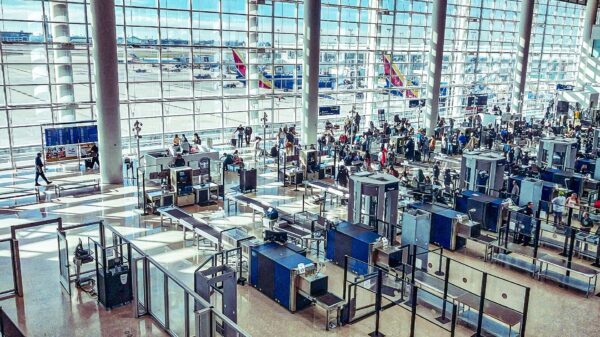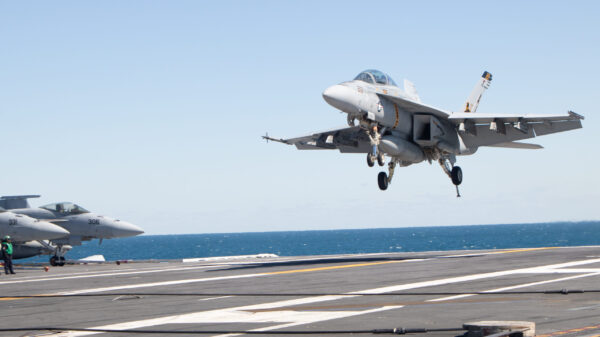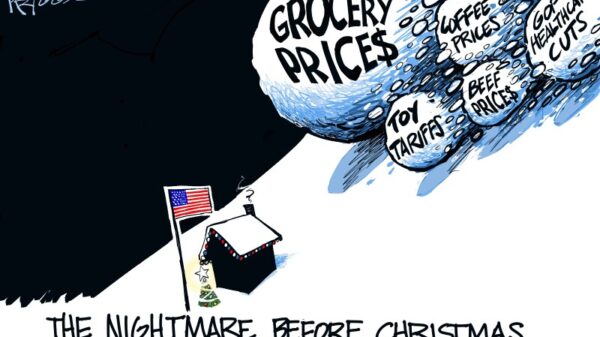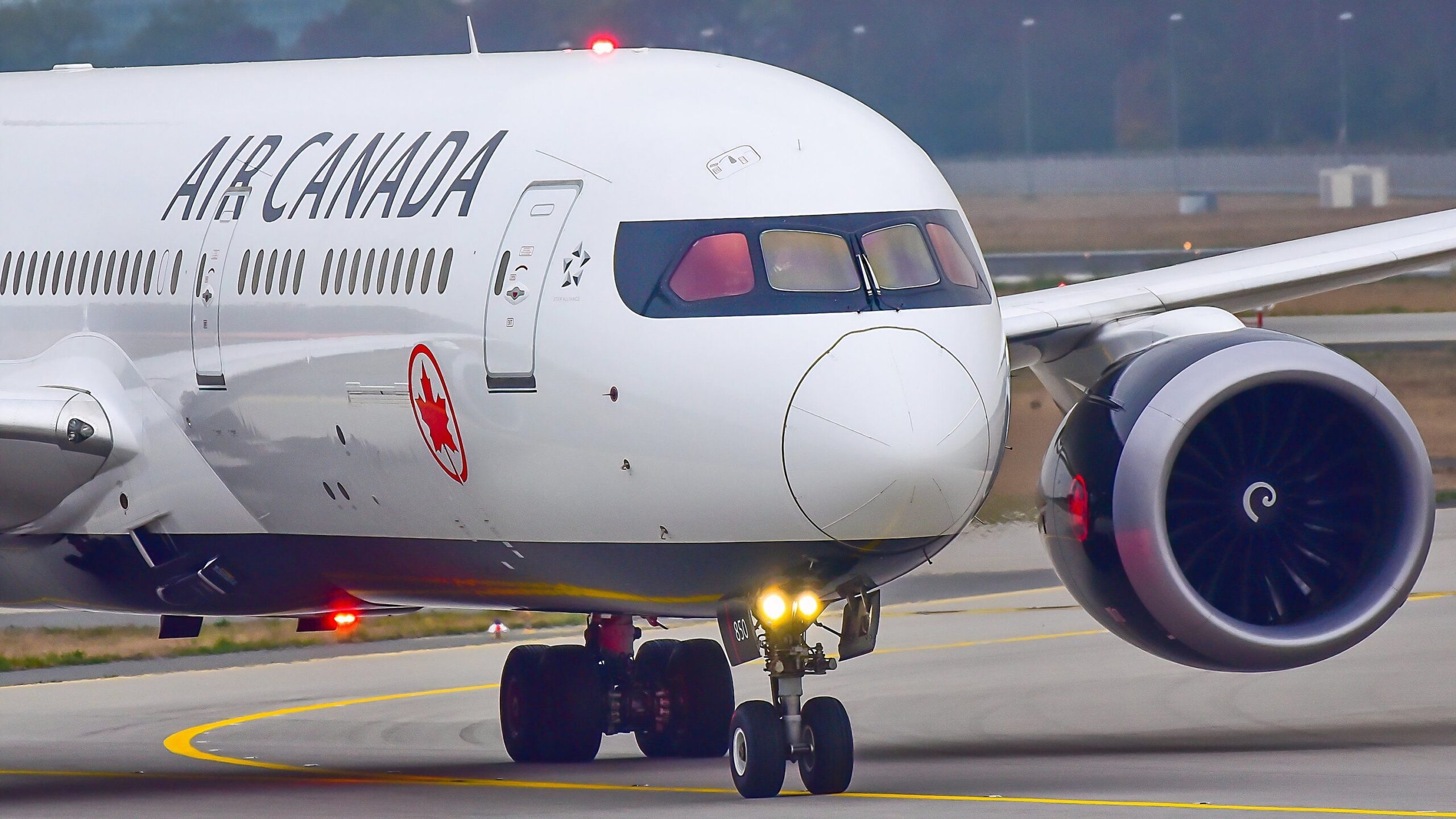Air Canada has faced a significant financial setback due to a flight attendant strike that began on August 16, 2023. The labour disruption resulted in the cancellation of over 3,200 flights, leading to an estimated loss of approximately US $270 million (CA $375 million). As a result, the airline has adjusted its earnings forecast for the year, now projecting revenue of up to US $2.23 billion (CA $3.1 billion), according to the Financial Post.
Operating from its main hubs at Montreal–Trudeau International Airport (YUL), Vancouver International Airport (YVR), and Toronto Pearson International Airport (YYZ), Air Canada is the largest airline in the country. The strike, which involved more than 100,000 flight attendants, stemmed from ongoing disputes over pay and working conditions. Following the walkout, the airline not only faced lost revenue but also a surge in customer refunds and compensation claims.
Financial Impacts and Customer Compensation
The financial toll of the strike extends beyond immediate lost revenue. Air Canada will have to absorb the costs associated with refunding customers whose flights were cancelled or delayed, as well as compensation claims. According to analysis from Airfairness, the airline may owe over US $47 million (CA $66 million) in compensation to affected passengers. More than 54,000 travellers found themselves stranded in Europe, with another 15,000 in the United Kingdom, part of the over 551,000 passengers impacted globally.
Passengers whose flights are cancelled or delayed by more than three hours are entitled to change options or refunds for the unused portions of their tickets. In cases where the airline fails to provide adequate notice—less than 15 days—passengers can claim compensation, which may reach up to US $720 (CA $1,000) for delays exceeding nine hours.
Despite the airline’s efforts to resolve the strike, the Canadian Union of Public Employees (CUPE) resisted a return-to-work order imposed by the federal government, marking a notable moment in Canadian labour history. The strike has not only highlighted tensions within the airline but also raised questions about employee conditions in the aviation industry.
Future Outlook for Air Canada
Air Canada continues to navigate the aftermath of the strike while grappling with the financial implications. Although the airline has implemented some measures to mitigate losses, including savings from purchasing jet fuel at lower prices, it must still account for a one-time charge of US $125 million (CA $175 million) related to pensions and labour expenses.
As one of the most recognized airlines in North America, Air Canada recently earned the title of 2025 North American Airline of the Year by Skytrax. The company operates a fleet of over 200 Airbus and Boeing aircraft, with plans to expand further. With the resolution of the labour dispute now in arbitration, industry observers are keenly watching how Air Canada will restore passenger confidence and stabilize its operations in the coming months.
The challenges posed by the strike underline the complexities of balancing employee relations and operational efficiency in a highly competitive industry.





































































